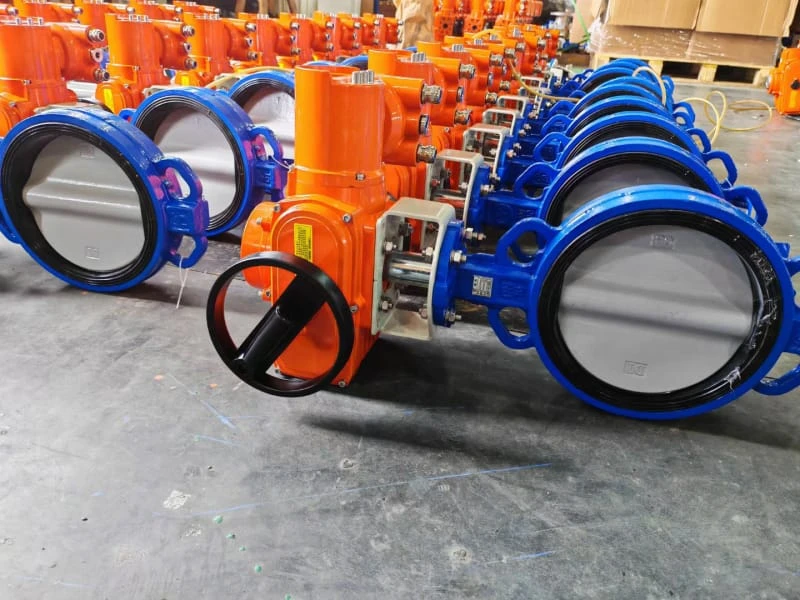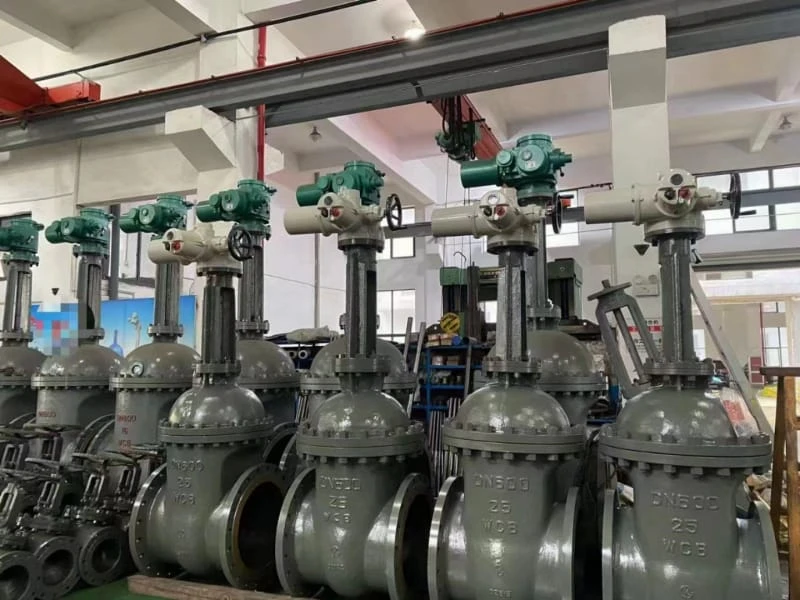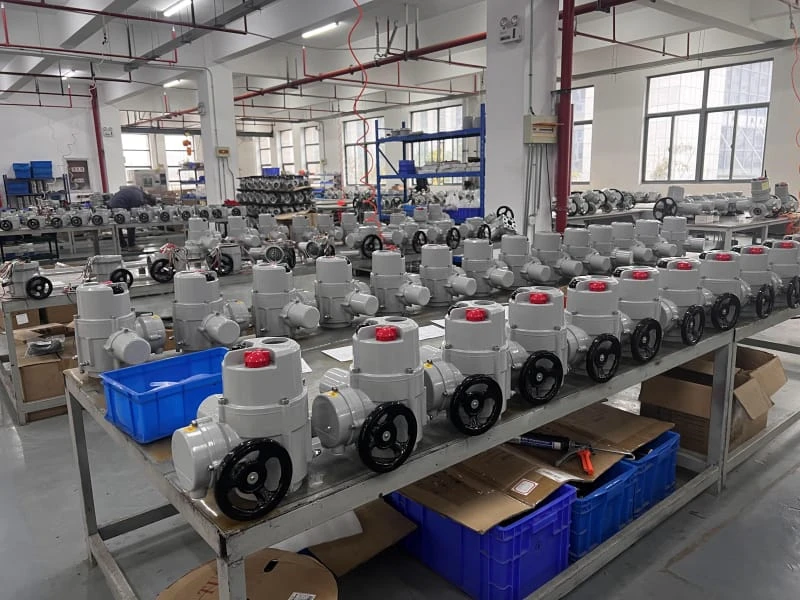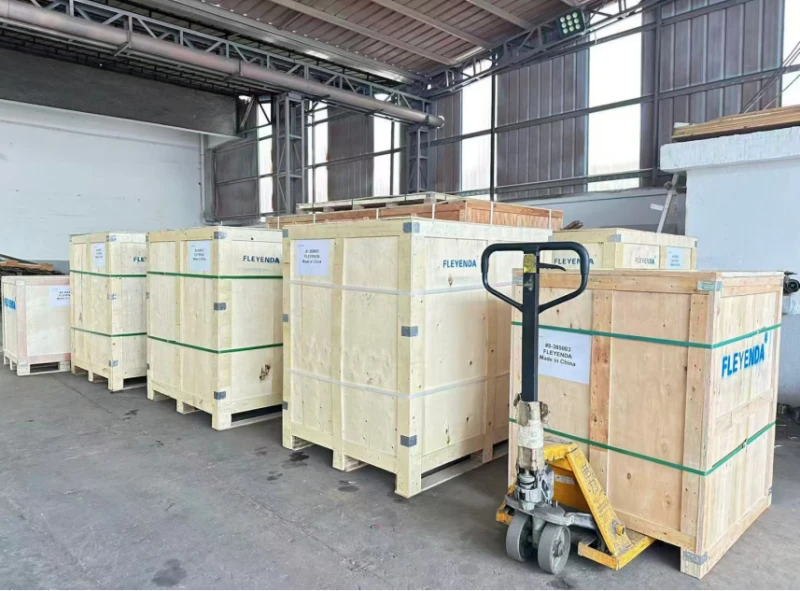QT-VQ-F2 Way Electric Actuator V Type Ball Valve
The 2 Way Electric Actuator V Type Ball Valve uses a V-notch ball for precise linear flow control and tight shutoff, improving flow stability, reducing pressure loss, and extending service life, verified by API 598 and ISO 5211 testing for reliable industrial performance.
Technical Specifications
| Size Range | DN25–DN300 (1″–12″) |
| Working Pressure Range: | PN10–PN40 / 150–300 PSI |
| Working Temperature Range: | -20°C to +200°C |
| Body Material: | Stainless Steel CF8 / CF8M, WCB, Duplex SS |
| Connection Type: | Flanged (ANSI, DIN, JIS) |
| Applicable Medium: | Water, Steam, Air, Oil, Gas, Slurry, Corrosive Chemicals |
| Actuator Type: | Electric Rotary Actuator |
| Voltage Options | AC220V, AC110V, AC380V, DC24V |
| Design Standard | ISO 5211, ANSI B16.34, API 6D |
| Testing Standard | API 598, EN 12266-1 |
| Fire-Safe Design | API 607 Optional |
| Certification | CE / ROHS / ISO / SIL / TUV /IP68 Waterproof |
| Customization | Above Are Standard Parameter Samples. If You Have Specific Parameters And Materials, We Can Customize Them All. |
Product Drawings

Comprehensive Technical Drawing (Dimensions & Structure)
Product Benefits & Features
1. Precision Flow Regulation
• The 2 Way Electric Actuator V Type Ball Valve uses a V-notch ball for precise, linear flow control.
• Smooth flow path reduces turbulence and pressure loss.
• Tight shutoff ensures zero internal leakage.
• High repeatability maintains stable flow accuracy.
2. Reliability and Long Service Life
• Electric V type ball valve body in stainless or carbon steel resists corrosion and wear.
• Durable seat materials withstand high temperature and chemical media.
• Anti-blowout stem enhances safety under high pressure.
• Tested per API 598 and ISO 5211 standards for reliable performance.
3. Smart Electric Actuation
• Electric actuator provides precise torque for on/off or modulating control.
• Manual override and feedback ensure reliable operation.
• Multi-voltage and signal options integrate easily with automation systems.
• Compact actuator simplifies installation and maintenance.
4. Broad Industrial Adaptability
• V type electric control valve fits chemical, water, HVAC, and energy applications.
• Handles liquids, gases, and steam with stable control.
• Customizable materials and connections meet global standards.
• Energy-efficient design supports smart industrial automation.
Why Choose Fleyenda Valve Manufacturing
Product Stability
We use reinforced structures and precision sealing to ensure consistent performance under pressure and temperature changes.
Conpany&Product Certification
We have CE, RoHS, ISO, SIL, TUV, and IP68 waterproof certifications covering safety, quality, and environmental standards.
Projects Experience
Cooperated over 40 countries, we have experience in oil & gas, energy, water, chemicals, food & beverage, and automation.
Customization Capability
With 20 years experience, we turn complex working conditions into precise valve solutions with high speed and accuracy.
Aftersales Support
•We have technical team provides real-time video support to help customers resolve on-site issues quickly.
Customer Cases
Trusted by Shell plc, Petronas, Chevron, TotalEnergies, and Dupont in projects across 40+ countries.
Our Product Actual Export Pictures






FAQs That 80% Users Interest
1. What are the main advantages of using a 2 Way Electric Actuator V Type Ball Valve for flow control?
• The electric V-port valve offers precise linear flow regulation with stable pressure and smooth operation.
• The V-shaped ball minimizes pressure loss and enhances throttling accuracy.
• Tight-sealing seats ensure zero leakage and reliable shutoff.
• Easily integrates with automation systems for efficient process control.
2. How can I choose the right actuator for a V Type Electric Control Valve?
• Match actuator torque with valve size, pressure, and medium.
• Select proper signal type—on/off or modulating control—based on system needs.
• Ensure ISO 5211 mounting compatibility between actuator and valve.
• Choose suitable voltage and protection level for the operating environment.
3. Where does a 2 Way Motorized V Port Ball Valve perform better than standard types?
• The V-notch design provides a self-cleaning effect for slurry or viscous media.
• Delivers wider control range and smoother flow than globe or butterfly valves.
• Reduces actuation torque for faster, energy-efficient operation.
• Performs well in HVAC, chemical, and water-treatment process control.
4. What maintenance ensures the long-term reliability of a V Type Electric Regulating Valve?
• Regularly check actuator torque and calibration accuracy.
• Inspect seats and seals for wear under high-pressure or corrosive service.
• Test feedback and limit switches for correct positioning.
• Keep actuator housings sealed and verify manual override functionality.
5. How can I confirm a 2 Way Electric V Port Ball Valve meets industry standards?
• Verify compliance with API 6D, ISO 5211, and EN 12266-1 standards.
• Check pressure–temperature ratings against system conditions.
• Confirm actuator protection class (IP67 or IP68) and certification validity.
• Request factory test data on leakage, torque cycles, and fire-safe design.
